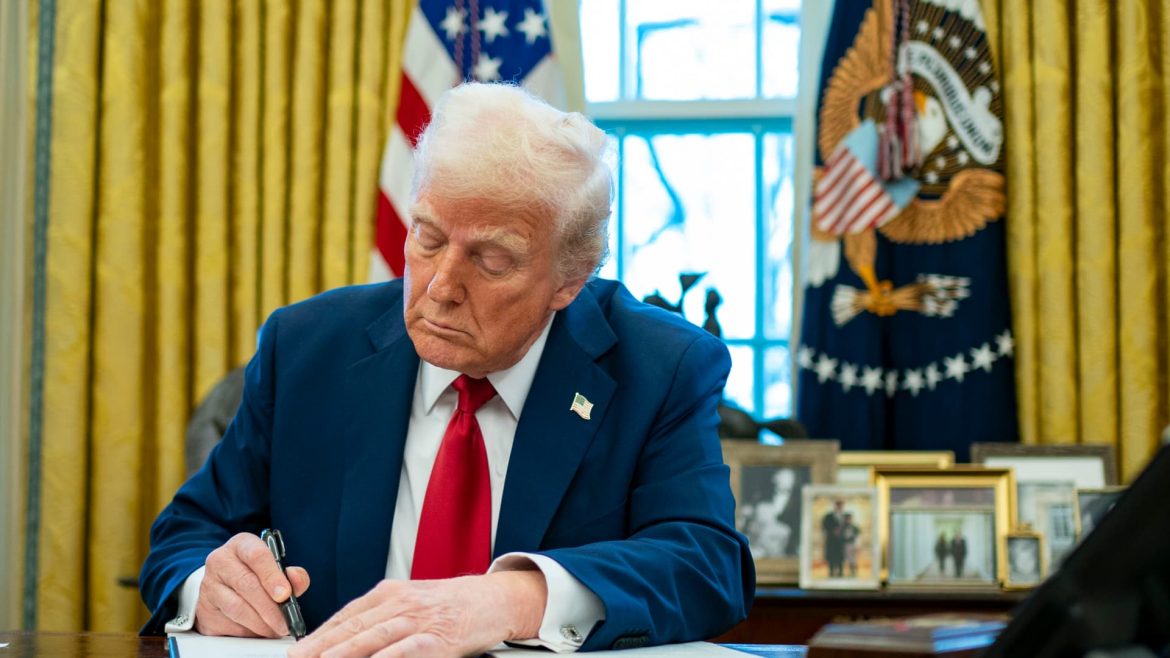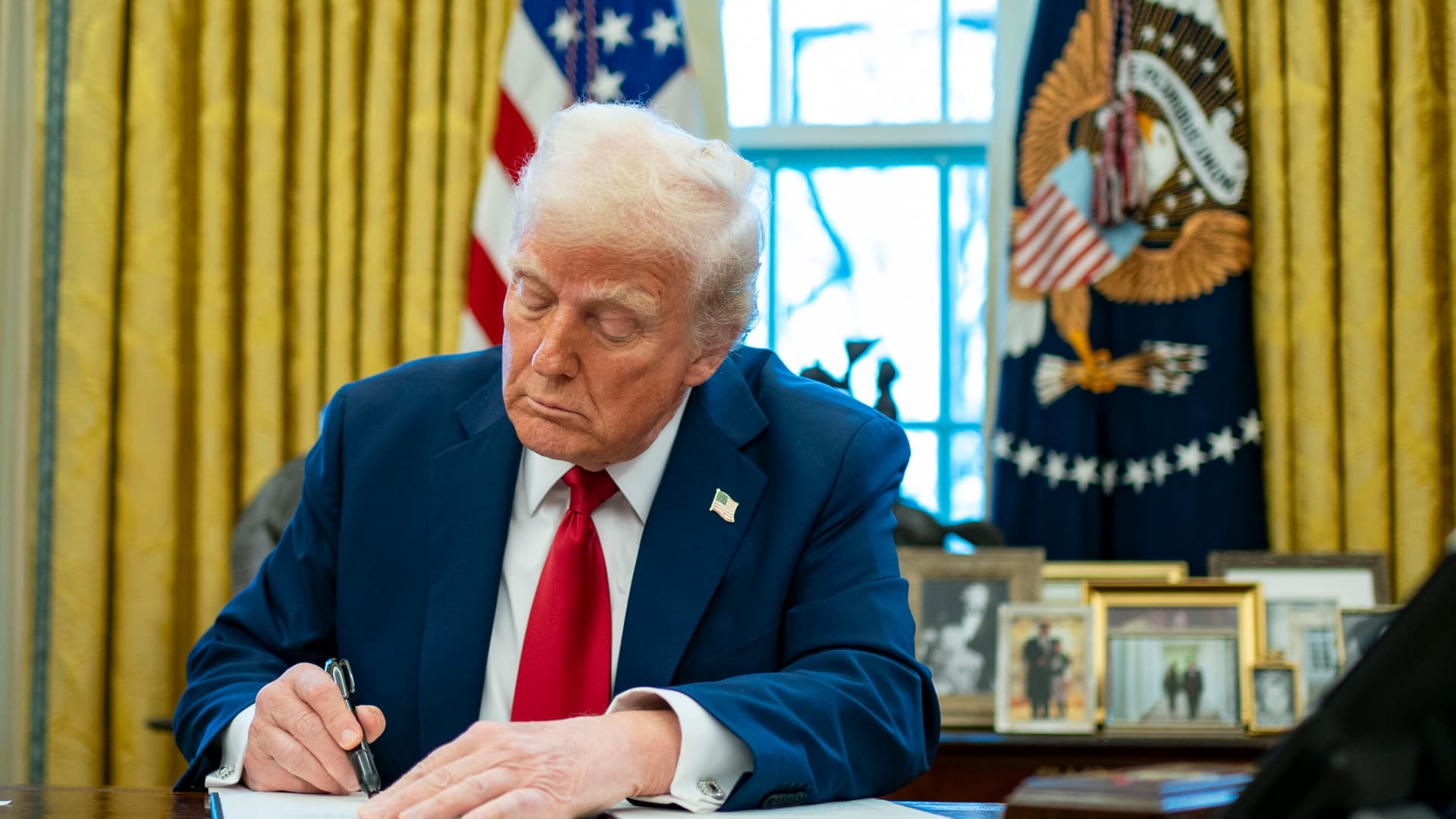The Reinstitution of the U.S. Travel Ban: An Analytical Overview
Introduction
President Donald Trump has recently signed a decisive proclamation reinstating and expanding travel restrictions to the United States for citizens of 12 countries. This directive marks a renewed effort reminiscent of policies from his initial administration era, designed primarily to address perceived national security risks. The countries affected span regions in Africa, the Middle East, and parts of Asia, notably including Afghanistan, Myanmar, Chad, the Republic of the Congo, Equatorial Guinea, Eritrea, Haiti, Iran, Libya, Somalia, Sudan, and Yemen. The ban goes into effect at 12:01 a.m. on a designated Monday following the signing.
Background and Historical Context
This new travel ban echoes the initial 2017 executive order enacted by Trump that barred entry primarily from seven Muslim-majority countries: Iran, Iraq, Libya, Somalia, Sudan, Syria, and Yemen. That earlier order ignited significant political and legal debate regarding its implications for immigration policy and national security. The current proclamation broadens the list, partially restricting or fully banning nationals from 12 countries altogether. The expansion entails a more comprehensive approach toward countries identified as presenting heightened security challenges.
Scope and Specifics of the Ban
The announcement delineates a total restriction on all categories of travel for nationals of the 12 countries named. This includes immigrant and non-immigrant entries alike, substantially curtailing the possibilities for visas, student permits, and other forms of legal admission into the United States. The revised list incorporates countries with ongoing conflicts, fragile political situations, or other factors cited as grounds for “national security risks” by the White House. The proclamation also outlines partial restrictions on some other countries, marking a tiered system based on risk assessments conducted presumably by agencies responsible for national security.
Geopolitical and International Repercussions
The expanded ban has garnered attention internationally due to its potential impact on diplomatic relations and global perceptions of U.S. foreign policy priorities. Several of the countries on the list are already experiencing geopolitical tensions exacerbated by issues such as regional instability, terrorism, or humanitarian crises. The U.S. move to restrict travel from these nations could exacerbate existing strains, complicating cooperation on counterterrorism, migration management, and economic partnerships. Additionally, the perception of the U.S. adopting a restrictive stance on immigration may influence how these countries engage with the United States on multilateral platforms.
Legal and Ethical Considerations
Historically, travel bans of this nature have faced legal challenges over constitutional rights, particularly concerning discrimination and due process. The expansion to a dozen countries raises questions about the criteria used to determine the scope, the transparency of the risk assessments, and the ramifications on families, refugees, and international students. While the White House justifies the directive as a necessary step to safeguard American citizens, critics argue that such policies may perpetuate stereotypes, foster division, and undermine the United States’ image as a destination for opportunity and refuge.
Impact on Travel, Immigration, and Communities
The immediate effect of the proclamation is a substantial reduction in travel from the specified countries, affecting immigrants, diaspora communities, refugees, and global mobility in general. Airlines, consulates, and immigration services must adjust swiftly to implement the restrictions, potentially resulting in logistical challenges and uncertainties for travelers with pending visas. Moreover, the ban influences not only humanitarian efforts but also economic and academic exchanges, with consequences for both U.S. institutions and individuals abroad.
Conclusion: Navigating Security and Openness
The reinstatement and expansion of the travel ban by President Trump represent a significant shift in U.S. immigration policy reflective of heightened security concerns amid complex global dynamics. While the goal is to mitigate risks and enhance national safety, the broad nature of the restrictions brings multifaceted challenges, including diplomatic friction, legal scrutiny, and social impact on affected populations. The balance between securing borders and maintaining openness to the world remains a contentious and evolving aspect of contemporary governance, one that will continue to evoke debate and require nuanced policy deliberations.





